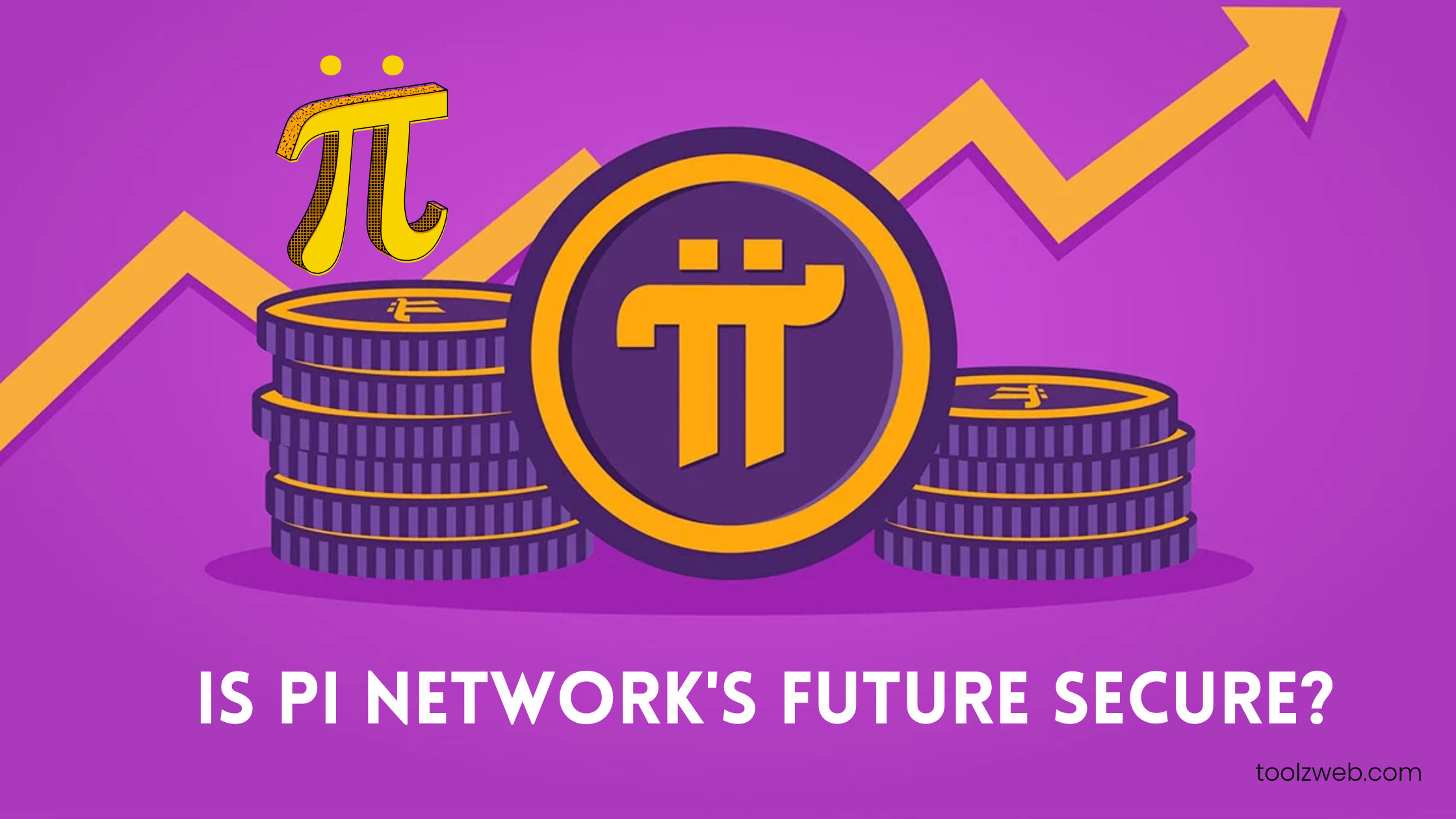Pi Network’s Kraken Debut: A Safe Bet or Risky Venture?
Pi Network’s native token, PI, recently debuted on Kraken’s derivatives platform with perpetual futures contracts offering up to 20x leverage, announced on May 23, 2025. This marks Pi’s first appearance on a major derivatives exchange, signaling growing institutional interest despite concerns about its decentralization and market performance. But is Pi Network’s future safe? Let’s explore.
Pi Network, a mobile-first cryptocurrency project, aims to democratize crypto with over 60 million users. Its Kraken Pro listing allows traders to speculate on PI’s price without holding it, using over 40 collateral options across 360+ markets. Perpetual futures, with no expiration, enable flexible trading but risk amplifying volatility.

Despite the milestone, PI’s price fell to $0.77 as of May 24, 2025, down 5.33% in 24 hours and 50% from its May high of $1.50. Centralization concerns loom large, with 60% of the token supply held by the core team and many nodes concentrated in Vietnam, facing regulatory scrutiny. Privacy issues regarding user data also persist.
The Kraken listing offers opportunities and risks. It boosts Pi’s visibility, especially for U.S. traders, and may enhance liquidity. However, 20x leverage could intensify price swings, with short positions potentially driving further declines. Liquidations may cause sudden spikes or crashes.
X posts show optimism for PI reaching $2–$5 by 2025, driven by dApps and listings, but warn of dilution risks. Pi’s $100M ecosystem fund is promising, yet decentralization and mainnet challenges remain.
Pi’s future depends on resolving centralization and regulatory hurdles. While the Kraken listing is a step forward, investors should approach with caution, tracking market dynamics and project developments closely.
Is Pi Network’s Future Secure? Exploring Its Derivatives Debut on Kraken
Is Pi Network’s future safe? The Kraken listing is a step forward, but persistent centralization, regulatory, and volatility concerns suggest caution. Investors should monitor funding rates, open interest, and Pi’s progress toward decentralization. While the project’s user base and ecosystem funding offer potential, its future hinges on addressing these critical challenges.

